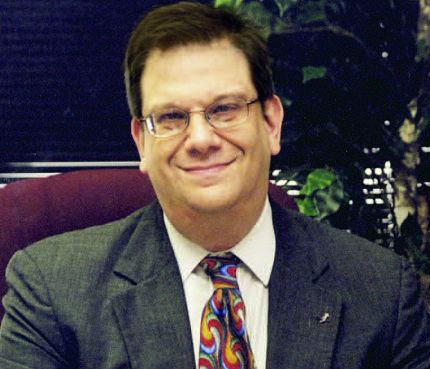October 2015, Vol. 242, No. 10
Editor's Notebook
Far More than Money at Stake

How do you measure the cost of a pipeline spill?
The answer: you can’t.
That’s what the upper management of Plains All-American Pipeline is learning these days. It’s been a bad year for the Houston-based outfit that, through a series of acquisitions, has quickly become one of the nation’s largest independent midstream operators with over 18,000 miles of oil products pipelines.
The company is still reeling from the results of a disastrous May 19 spill along the scenic coast of Santa Barbara, CA when a corroded 24-inch pipeline leaked over 120,000 gallons of crude. Though most of the mess has been cleaned up, the fallout of the spill will linger for years, not to mention the tragic loss of wildlife, the huge cost of the cleanup, the growing number of lawsuits, corrective orders, financial penalties and the bad publicity.
Plains operates below the radar screen. I know little about the company because they don’t like interviews. So, let’s check what we have learned since the spill. The latest development was the Sept. 11 notice of probable violation and a proposed compliance order from the Pipeline and Hazardous Materials Safety Administration (PHMSA), criticizing Plains for poor record-keeping on its emergency training/response procedures; its documentation of pressure testing, and lack of detail on how it would protect pristine coastline in case of a leak.
In all, regulators cited six violations from inspections that began in 2013, though no fines were issued. The inspections involved the Santa Barbara pipe and an adjoining line, but PHMSA indicated it could not yet link those findings with the May rupture. But once the bad news starts, it’s harder to plug than any leak. On July 10, a spill in Illinois leaked 4,200 gallons of crude when an unmanned pump station operated by Plains failed.
The company estimates that it will cost $257 million to clean the Santa Barbara spill, mostly offset by insurance. The cost of the Illinois spill is estimated at $5 million. Then there’s the civil litigation. On Sept. 2, a securities class-action was filed on behalf of the Jacksonville Police and Fire Pension Fund, alleging “false and misleading statements concerning the Company’s pipeline monitoring, maintenance and spill response measures, as well as its compliance with federal regulations governing its pipeline operations.”
In tandem are the inevitable media investigations, literally detailing every drop of oil ever spilled from a Plains pipeline. The Los Angeles Times reported federal records showed Plains has accumulated 175 safety and maintenance infractions since 2006.
The paper said its analysis of data from PHMSA shows Plains’ rate of incidents per mile of pipe is over three times the national average, though this could also include storage tanks and drains, among others. Of the 1,700 pipeline operators listed in PHMSA’s database, only four reported more infractions than Plains, the Times reported.
Those infractions involved pump failure, equipment malfunction, pipeline corrosion and operator error. None of the incidents caused injuries. According to federal records, since 2006 the company’s incidents caused over $23 million in property damage and spilled over 688,000 gallons of hazardous liquid.
Over the last 10 years, PHMSA has assessed $115,600 in civil penalties against Plains for violations that include failing to maintain adequate firefighting gear and relying on local volunteer fire departments. Plains has been cited for failing to install equipment to prevent pipe corrosion, failing to prove it had completed repairs recommended by inspectors and failing to keep records showing inspections of “breakout tanks,” used to ease pressure surges in pipelines.
The EPA sued the company in 2010 for spills in Texas, Louisiana, Oklahoma and Kansas that discharged 273,420 gallons of crude. Plains had to pay $3.25 million in fines and spend $41 million to upgrade 10,000 miles of pipe.
Two more recent spills by its Canadian subsidiary, Plains Midstream, cost the company $1.2 million in fines. One spill released over a million gallons of crude and became the second-largest in Alberta’s history.
PHMSA is about to unveil its safety rule for oil and other hazardous liquids pipelines. First proposed over five years ago, operators will learn what new safety features they’ll need to add to those that are already required in environmentally sensitive and populated areas.
The pipeline industry likes to tout its safety record but too many accidents continue to occur, especially as domestic production has surged. Countless conferences are held throughout the year with the ultimate goal of zero tolerance toward safety failures.
Even just one costs far too much.





Comments